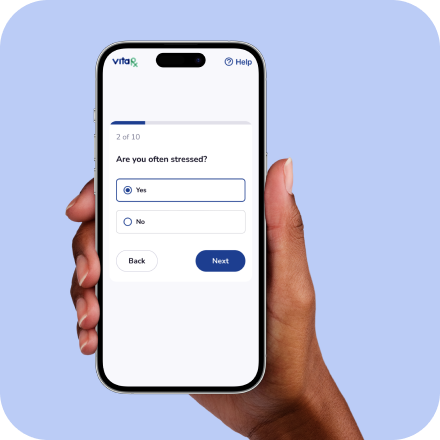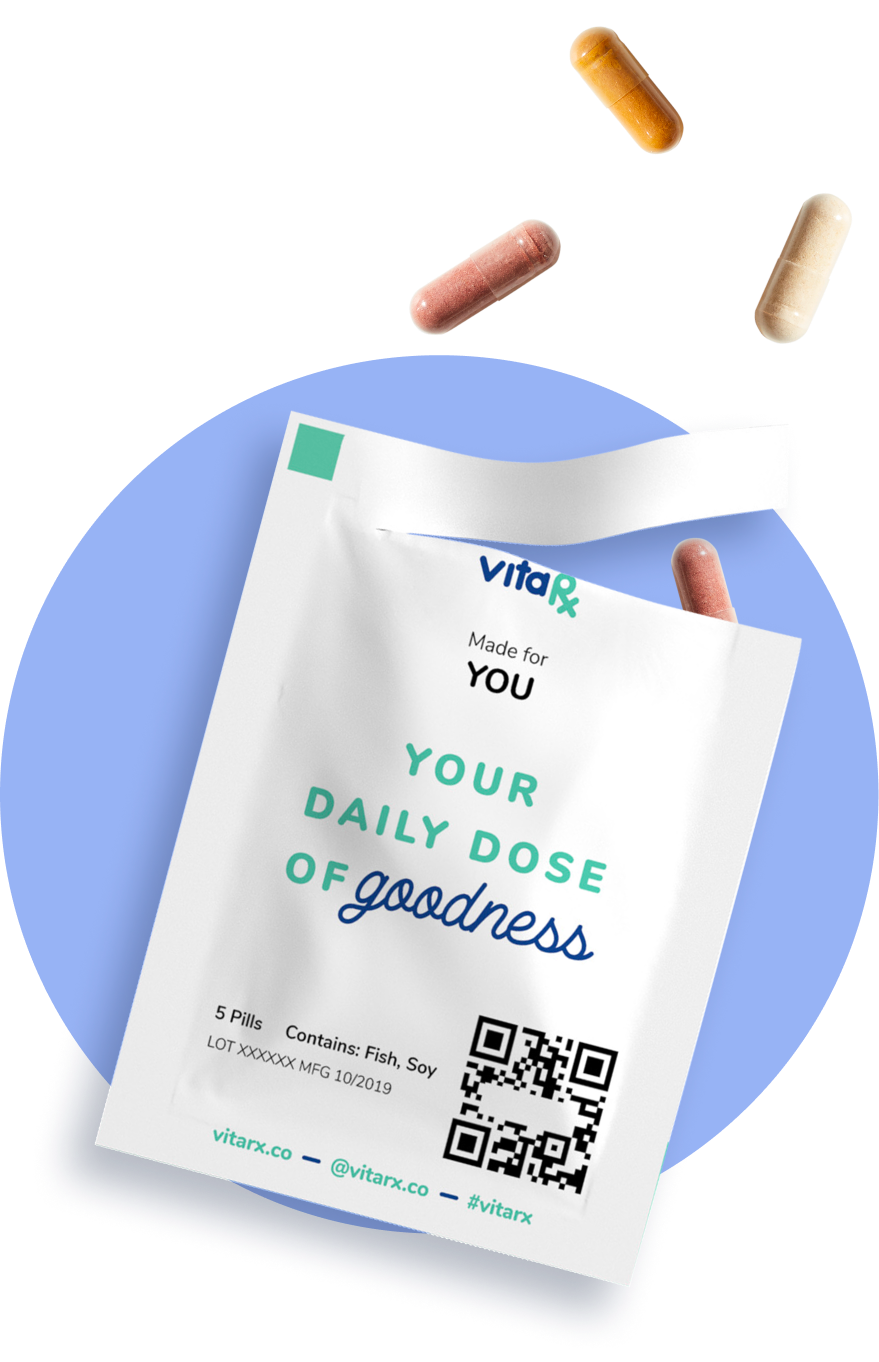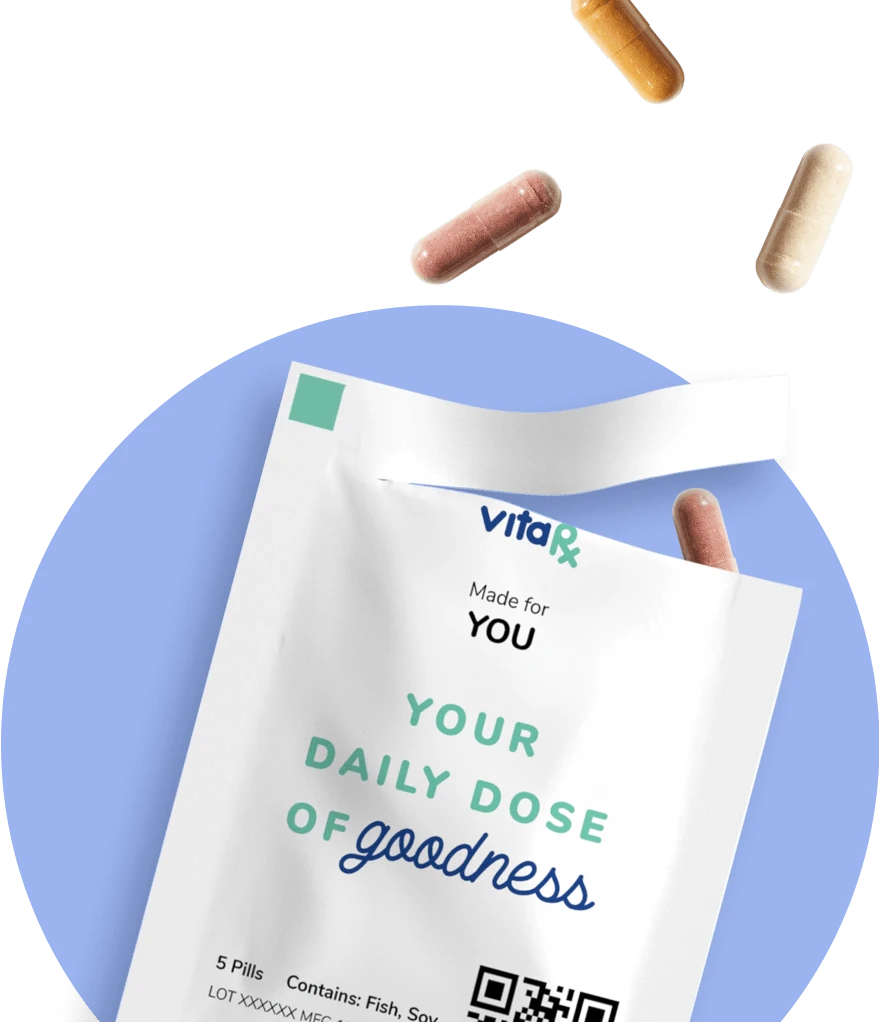Last update: January 22, 2025
7 minute read
7 Expert-Backed Ways to Relieve Sore Muscles
Are you struggling with post-workout pain? Discover the most effective techniques for quick sore muscle relief, including ice and heat therapy. Learn about potential risks and how to safely alleviate muscle discomfort.

By Stephanie Wright, RN, BSN
Edited by Dr. Dimitar Marinov, MD, RDN, PhD

Muscle soreness is common after physical activity and can affect daily tasks or future workouts. This guide covers seven effective ways to reduce soreness, their risks, and how to apply them safely. Understanding these methods will help you manage discomfort and improve recovery.
Key takeaways
- Ice application is most effective for immediate relief of muscle soreness, reducing pain and inflammation within the first 48 hours
- Heat therapy is beneficial after the initial 48-hour period, promoting blood flow and easing muscle tightness
- Active recovery, like light stretching or yoga, can aid in muscle recovery without causing additional stress
What are some proven methods for relieving muscle soreness?
When it comes to tackling muscle soreness, a multi-faceted approach often produces the best results. The following seven methods have been backed by experts and scientific research to effectively reduce muscle discomfort and promote faster recovery. Each technique targets different aspects of muscle soreness, from reducing inflammation to improving blood flow and supporting tissue repair.
As we explore these methods, remember that everyone's body responds differently. What works best for one person may not be as effective for another.
It's important to listen to your body and adjust these techniques as needed. Let's dive into each method, starting with one of the most immediate and accessible options: ice application.
1. Ice application
Ice therapy, or cryotherapy, is one of the most immediate and effective ways to reduce pain and inflammation in sore muscles. Here's how to use it properly:
- Application method: Use an ice pack wrapped in a thin towel to protect your skin.
- Duration: Apply for 15-20 minutes every 2-3 hours.
- Timing: Most effective during the first few days after intense exercise or injury.
VitaRx Tip
Ice therapy works by slowing down neurotransmission and migration of inflammatory mediators, which helps reduce pain and inflammation.
2. Heat therapy
While ice is best for immediate relief, heat therapy becomes beneficial after the initial 24 hours. Here's what you need to know:
- How it works: Heat stimulates blood flow to your muscles, easing tightness and promoting healing.
- Application methods: Use a warm towel or heating pad, or take a warm bath or try a shower or bath.
- Timing: Best used after the initial inflammation has subsided, typically 24 hours post-exercise.
3. Rest
Rest is crucial for muscle recovery. Here are some tips:
- Avoid strenuous muscle activity while still being sore from the previous workout
- Complete inactivity isn't recommended. Make sure to perform some light, low-impact activities involving the sore muscles to promote recovery.
- Massage also appears to be highly effective for reducing post-workout pain and soreness.
4. Active recovery
Engaging in light, low-intensity exercise, known as active recovery, can help ease muscle soreness. Studies support its pain-reducing effectiveness although it doesn't speed up recovery.
Consider performing similar exercises as those that led to the soreness in the first place, but at a much lower intensity that you can tolerate.
Some people may also prefer other light activities like:
- Yoga
- Light stretching
- Foam rolling
Better blood flow
These activities may also improve blood flow and flexibility without putting too much stress on your muscles, although the evidence for their effectiveness is very limited.
5. Over-the-counter pain relievers
Nonsteroidal anti-inflammatory drugs (NSAIDs) like ibuprofen or naproxen can help reduce pain and inflammation. However:
- Caution: Use these medications carefully and consult with your doctor, especially if you have any underlying health conditions.
- Alternatives: Consider topical therapies or massage as an alternative.
6. Compression
Using compression garments or wrapping the sore area with an elastic bandage can help reduce swelling. Remember:
- Proper technique: Be careful not to wrap too tightly, as this could impair circulation.
- Duration: Wear compression garments during and after exercise for best results.
7. Hydration and nutrition
Proper hydration and nutrition play a crucial role in muscle recovery. Focus on:
- Hydration: Ensure you're drinking enough water throughout the day.
- Protein intake: Consume adequate protein to support muscle repair.
- Balanced diet: Include a variety of nutrients to support overall recovery and health.
Health made easy: your go-to resource for essential vitamins and supplements

Risks and precautions of Ice and Heat Therapy
While heat and ice therapies are effective, they come with potential risks:
Risks of Ice Therapy
- Frostbite: The most common skin injury from cryotherapy.
- Nerve damage: Prolonged application can potentially harm superficial nerves.
- Skin irritation: Some people may experience rashes from ice application.
- Cardiovascular stress: Rare cases of stress in people with pre-existing heart conditions.
Risks of Heat Therapy
- Burns: Applying heat that's too intense or for too long can cause skin burns.
- Skin irritation: Some people may experience irritation from prolonged heat exposure.
- Aggravation of certain conditions: Heat therapy may not be suitable for people with diabetes, cardiovascular diseases, or open wounds.
General Precautions
- Always use a barrier (like a towel) between the ice pack or heating pad and your skin.
- Limit ice therapy application time to 20-30 minutes.
- Be cautious with heat application, especially if you have poor circulation or decreased sensitivity to temperature.
- Stop use immediately if you experience increased pain, numbness, or skin changes.
Frequently asked questions (FAQ)
Here are some of the most frequently asked questions about relieving muscle soreness.
Final thoughts
Managing muscle soreness effectively involves a combination of techniques, from immediate ice application to proper nutrition and hydration. By understanding and applying these methods, you can significantly reduce discomfort and improve your recovery time.
Remember, while these methods can provide quick relief, it's essential to address the underlying causes of frequent muscle soreness, like improper form during exercise or overtraining. If muscle pain persists or is severe, don't hesitate to consult a healthcare professional. Listen to your body, apply these techniques wisely, and you'll be on your way to more comfortable and effective workouts.
Sources and references
- Cryotherapy Models and Timing-Sequence Recovery of Exercise-Induced Muscle Damage in Middle- and Long-Distance Runners - PMC
- Heat and cold therapy reduce pain in patients with delayed onset muscle soreness: A systematic review and meta-analysis of 32 randomized controlled trials
- An Evidence-Based Approach for Choosing Post-exercise Recovery Techniques to Reduce Markers of Muscle Damage, Soreness, Fatigue, and Inflammation: A Systematic Review With Meta-Analysis
- Light concentric exercise has a temporarily analgesic effect on delayed-onset muscle soreness, but no effect on recovery from eccentric exercise
- The Effectiveness of Post-exercise Stretching in Short-Term and Delayed Recovery of Strength, Range of Motion and Delayed Onset Muscle Soreness: A Systematic Review and Meta-Analysis of Randomized Controlled Trials - PMC
- Nonsteroidal Anti-Inflammatory Drugs (NSAIDs) - StatPearls - NCBI Bookshelf
- Contrast With Compression Therapy Enhances Muscle Function Recovery and Attenuates Glycogen Disruption After Exercise - PMC
- Hydration to Maximize Performance and Recovery: Knowledge, Attitudes, and Behaviors Among Collegiate Track and Field Throwers
- Achieving Optimal Post-Exercise Muscle Protein Remodeling in Physically Active Adults through Whole Food Consumption - PMC
Author

Stephanie Wright
Stephanie brings over 13 years of diverse nursing experience to the table, having honed her expertise in critical care, mental health, and utilization management. Her journey as a registered nurse across these various healthcare sectors underscores her adaptability and deep commitment to patient care.
Fact checker

Dr. Dimitar Marinov
Dr. Marinov has years of experience in scientific research and preventive and clinical medicine. His publications in peer-reviewed journals are on nutritional status, physical activity, and musculoskeletal disorders among adolescents.
At VitaRx, we're not just passionate about our work — we take immense pride in it. Our dedicated team of writers diligently follows strict editorial standards, ensuring that every piece of content we publish is accurate, current, and highly valuable. We don't just strive for quality; we aim for excellence.
Related posts
While you're at it, here are some other relevant articles you might be interested in.

Get your personalized vitamin recommendations in less than
5 minutes.
Get your personalized vitamin recommendations in less than
5 minutes.




